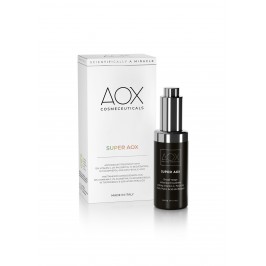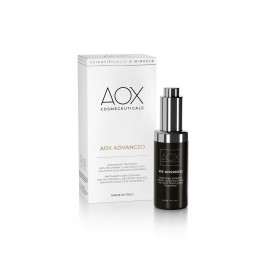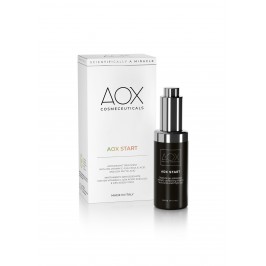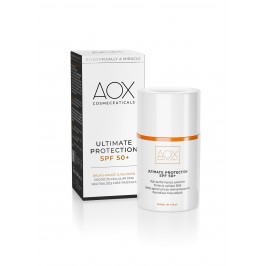Love your skin

Is the sun good or bad for the skin?
The 5 rules for a risk-free tan
Is the sun good or bad? This is a question that comes up every summer and often sparks animated conversations between friends.
When it comes to beauty, we have to give you a spoiler upfront, without beating around the bush: the sun is bad for the skin!
Don't get us wrong – we all know the sun is fundamental to life on earth, and that without it we couldn't even survive. Sunlight is also important for human health in many respects: for example, our body needs it to produce Vitamin D, it's essential for the bones, and it improves mood because it stimulates the production of Serotonin.
When we talk about skin, however, the risks of excessive sun exposure outweigh the benefits.
The dark side of the sun. Why is it bad for the skin?
In the first place, over time, the sun causes degeneration of collagen and elastin, the two proteins that give the skin support and elasticity. The result is the early appearance of wrinkles and fine lines. In short, too much sun ages the skin.
In addition, UV rays penetrate and reach the dermis, where they can damage the DNA of cells. In most cases, the damage is repaired, but in some cases, it can give rise to cancerous cells which start growing uncontrollably.
Don't panic! This isn't to say that you can't enjoy your well-deserved beach holiday.
Just keep reading to find out how to do it safely.
The 5 rules for risk-free tanning
-
Moderation
First of all, the keyword is moderation. Let's make a comparison with nutrition: eating is essential to survive, but gorging yourself every day can lead to serious and irreparable damage. The same goes for the sun. The first rule is to expose yourself as little as possible and not be in a hurry to tan, so as to give the body time to produce melanin. -
Don't let your guard down
On the beach, you should always use sunscreen. For the first few days, SPF50 protection should be used – especially if you have fair skin. After 4-5 days, you can switch to SPF30 or 20 protection. Apply the sunscreen abundantly at least 15 minutes before exposure to the sun and renew it every 2 hours.
Don't use the residues of old sun creams: sunscreen is subject to degradation and usually has a shelf life of 12 months after opening. -
Protected even in the shade
More than half the sun's rays reach your skin even when you're under an umbrella, due to the glare. Sunscreen should also be applied in the shade. -
A matter of timing
The most harmful ultraviolet rays reach the Earth between 11 am and 4 pm, so avoiding this time slot whenever possible means saving your skin from a good part of the damage. -
Prepare for battle: load up on antioxidants
In the morning, before putting on sunscreen, apply an antioxidant serum to maximise its effectiveness and protect yourself from the oxidative stress of UV rays.
From the food point of view, favour a fruit and vegetable-based diet to provide an extra charge of antioxidants or, alternatively, introduce them via a supplement.
Find out how Carnosine, Ectoine and Oxyresveratrol protect your skin from ultraviolet damage.





